Table of content
In the realm of breakfast aesthetics, few dishes rival the ethereal charm of cloud eggs. This Instagram-worthy creation, also known as œufs nébuleuse or egg clouds, transforms a simple ingredient—eggs—into a fluffy, cloud-like masterpiece that tastes as delightful as it looks. Whether you’re a seasoned home cook or a novice in the kitchen, mastering the technique behind cloud eggs opens the door to endless creative possibilities. This article delves into the history, methodology, and innovative twists of this viral dish, ensuring your next brunch becomes a memorable culinary adventure.
The Rise of Cloud Eggs: A Brief History
Cloud eggs first gained global attention in the mid-2010s, thanks to social media platforms like Instagram and Pinterest. However, their origins trace back to classic French cuisine, where a similar preparation called oeufs à la neige (eggs in snow) has long been a dessert staple. The modern adaptation, however, reimagines this concept as a savory breakfast dish. By separating egg whites from yolks and whipping the former into stiff peaks, cooks create a light, airy base that bakes into a pillow-like shape. The yolk, nestled in the center, remains runny, offering a luxurious contrast to the crisp exterior.
Ingredients and Equipment: Simplicity at Its Core
The beauty of cloud eggs lies in their minimalist ingredient list. To prepare this dish, you’ll need:
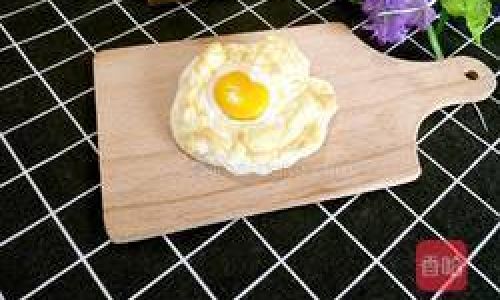
- 2 large eggs (preferably organic for richer flavor)
- A pinch of salt
- A pinch of black pepper
- Optional add-ins: grated cheese (Parmesan, cheddar, or goat cheese), chopped herbs (chives, parsley, or dill), spices (smoked paprika, cumin, or chili flakes), or cooked bacon bits.
For equipment, gather:
- A baking sheet
- Parchment paper
- Two mixing bowls (one for whites, one for yolks)
- A whisk or electric mixer
- A spatula
- A cooking thermometer (optional, for precision)
Step-by-Step Preparation: Mastering the Basics
Preheating and Preparation
Preheat your oven to 450°F (230°C). Line the baking sheet with parchment paper to prevent sticking. This step ensures even cooking and effortless cleanup.
Separating Eggs with Precision
Separating egg whites from yolks is a critical step. Even a trace of yolk can hinder the whites’ ability to whip into stiff peaks. Use one of these methods:
- Cold Method: Crack the egg over a slotted spoon, letting the white drip through while retaining the yolk.
- Shell Transfer: Gently pass the yolk between shell halves, allowing the white to separate.
- Hands-On: Use your clean hands to catch the yolk, letting the white slide through your fingers.
Place the whites in a large, grease-free bowl (fat impedes whipping) and reserve the yolks in separate small bowls.
Whipping to Stiff Peaks
Using a whisk or electric mixer, beat the egg whites on medium-high speed until they form stiff, glossy peaks. This process takes 3–5 minutes with a mixer or 8–10 minutes manually. The whites should hold their shape when the whisk is lifted. For added flavor, fold in optional ingredients like cheese or herbs during this stage.
Shaping the Clouds
Spoon the whipped whites onto the parchment-lined baking sheet, creating two to four mounds (depending on desired size). Use the back of the spoon to create a shallow indentation in the center of each mound—this will hold the yolk.
Baking to Perfection
Bake the clouds for 3–4 minutes until they begin to golden. Remove the tray, gently place a yolk into each indentation, and return to the oven. Bake for an additional 3–4 minutes for runny yolks or 5–6 minutes for firm yolks.
Final Touches
Season with salt, pepper, or a sprinkle of herbs. Serve immediately on toast, avocado slices, or a bed of greens.
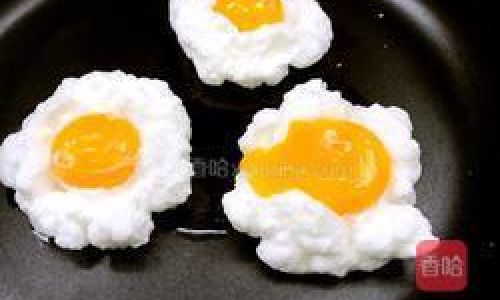
Creative Variations: Elevating the Classic
Cheese-Lover’s Delight
Incorporate 2 tablespoons of grated Parmesan or sharp cheddar into the egg whites before baking. For a gooey surprise, add a cube of brie or Camembert to the center before adding the yolk.
Herb-Infused Clouds
Mix 1 tablespoon of finely chopped herbs (basil, thyme, or tarragon) into the whites. Garnish with microgreens or edible flowers for a garden-fresh touch.
Spicy Kick
Add a pinch of smoked paprika, cayenne, or harissa to the whites for a subtle heat. Top with crispy chorizo or serrano ham for a Mexican-inspired twist.
Veggie-Packed Clouds
Fold in ¼ cup of sautéed spinach, roasted red peppers, or caramelized onions. For a Mediterranean vibe, add sun-dried tomatoes and feta cheese.
Sweet Cloud Eggs
Transform the dish into dessert by adding 1 teaspoon of sugar and ½ teaspoon of vanilla extract to the whites. Serve with a drizzle of honey, fresh berries, or a dollop of whipped cream.
Troubleshooting Common Pitfalls
Watery Whites
If your whites fail to stiffen, check for yolk contamination or residual fat in the bowl. Use a clean, dry bowl and ensure no yolk is present.
Deflated Clouds
Overmixing or rough handling after whipping can collapse the structure. Gently fold in ingredients and avoid over-baking.
Rubbery Texture
High heat or prolonged baking dries out the clouds. Stick to the recommended temperature and timing.
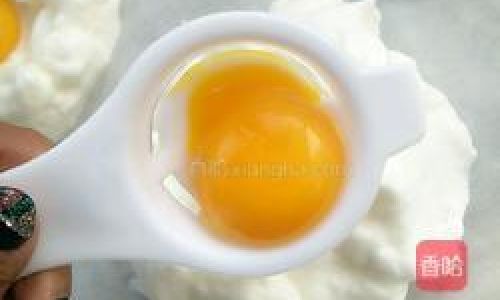
Unbroken Yolks
If the yolk membrane breaks during transfer, use a spoon to carefully relocate it. For insurance, crack each yolk into a separate bowl before adding.
Health Benefits and Dietary Adaptations
Cloud eggs are inherently low-carb, gluten-free, and keto-friendly. A single serving provides:
- 6 grams of protein (per egg)
- Vitamins A, D, and B12
- Choline, essential for brain health
For vegan alternatives, swap eggs with aquafaba (chickpea brine) whipped into meringue. Serve with avocado or tofu scramble for a plant-based feast.
Presentation Ideas: From Plate to Palette
Elevate your cloud eggs beyond the breakfast table:
- Brunch Charcuterie: Pair with smoked salmon, capers, and everything bagel seasoning.
- Bento Boxes: Pack mini clouds with rice and edamame for a whimsical lunch.
- Date Night Dinner: Serve atop truffle-scented polenta with asparagus spears.
The Science Behind the Fluff
The magic of cloud eggs lies in protein denaturation. As egg whites whip, air bubbles are trapped within the protein matrix (primarily ovalbumin), creating stability. Baking solidifies this structure, while the yolk’s heat-sensitive lipids remain liquid below 158°F (70°C).
Conclusion: A Culinary Canvas Awaits
Cloud eggs exemplify the intersection of simplicity and creativity. With just two ingredients, you can craft a dish that sparks joy, nourishes the body, and invites experimentation. Whether you prefer a classic preparation or a bold fusion of flavors, this recipe encourages you to play, innovate, and savor the process. So, crack open an egg, whisk your worries away, and let your imagination take flight—one fluffy cloud at a time.
Final Tip: For a dramatic presentation, serve cloud eggs under a glass dome filled with edible “rain” (clear gelatin drops) or alongside dry ice “fog” for a mystical breakfast experience. After all, food should not only nourish but also delight the senses.

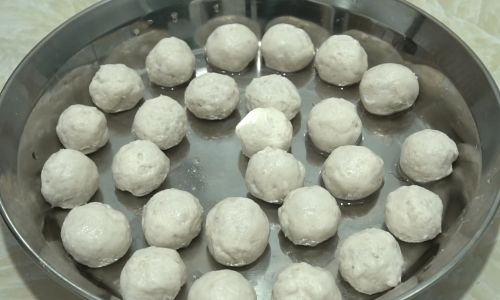

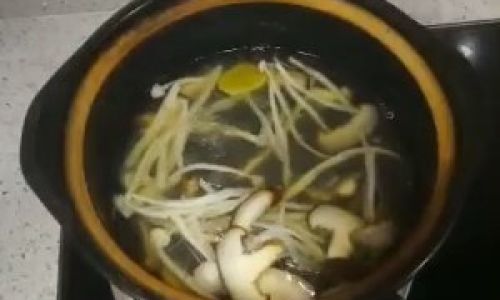
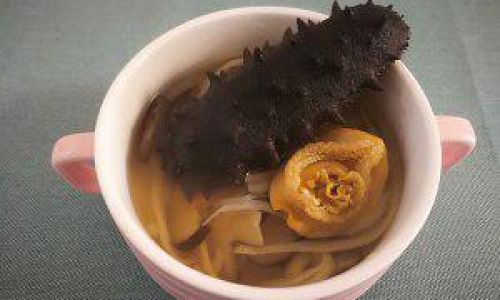
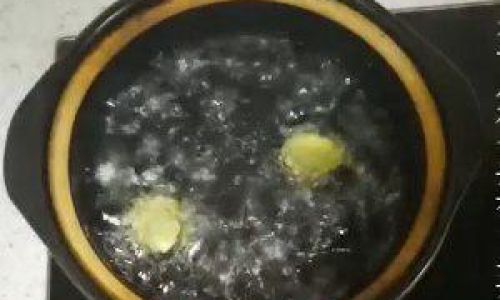
0 comments